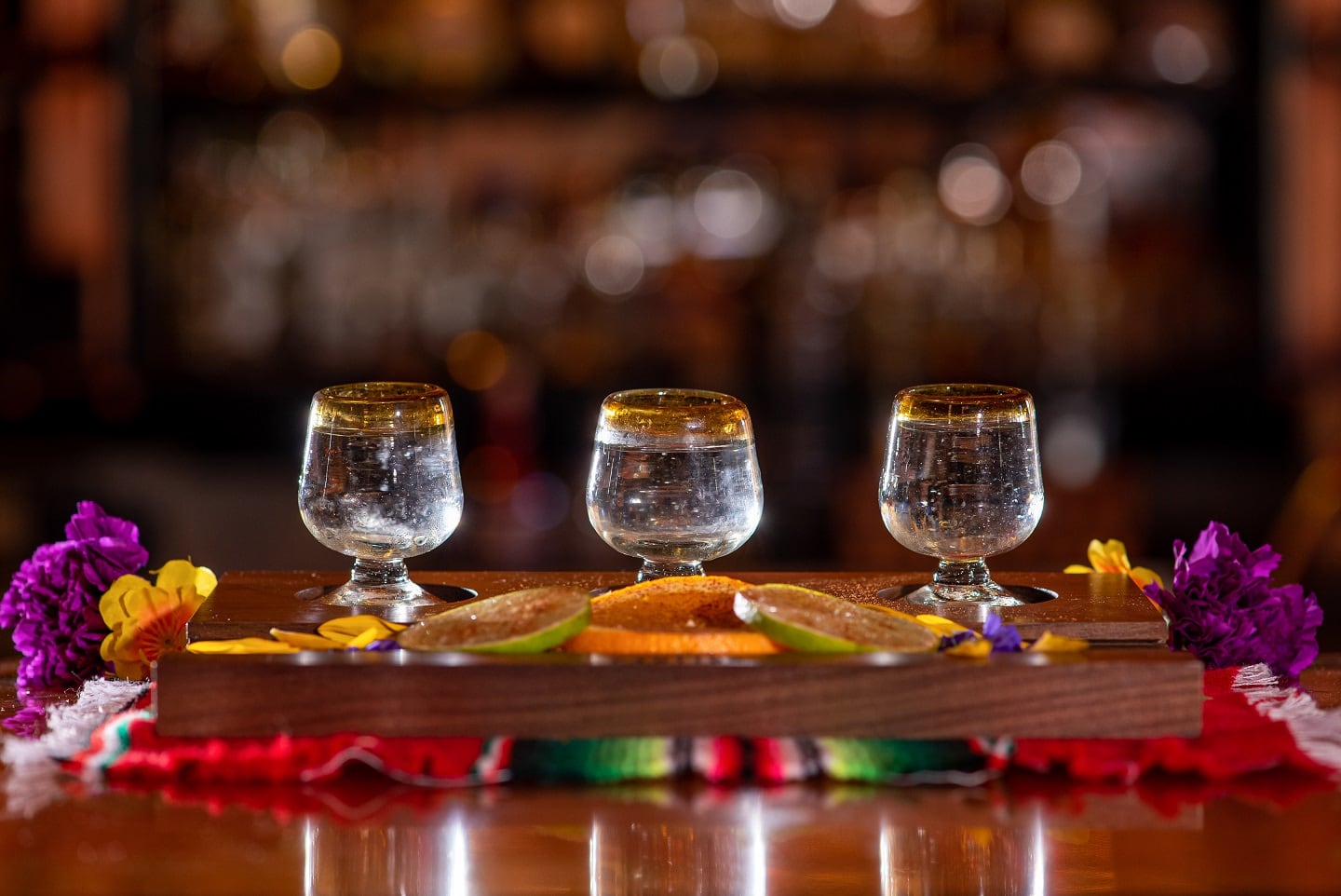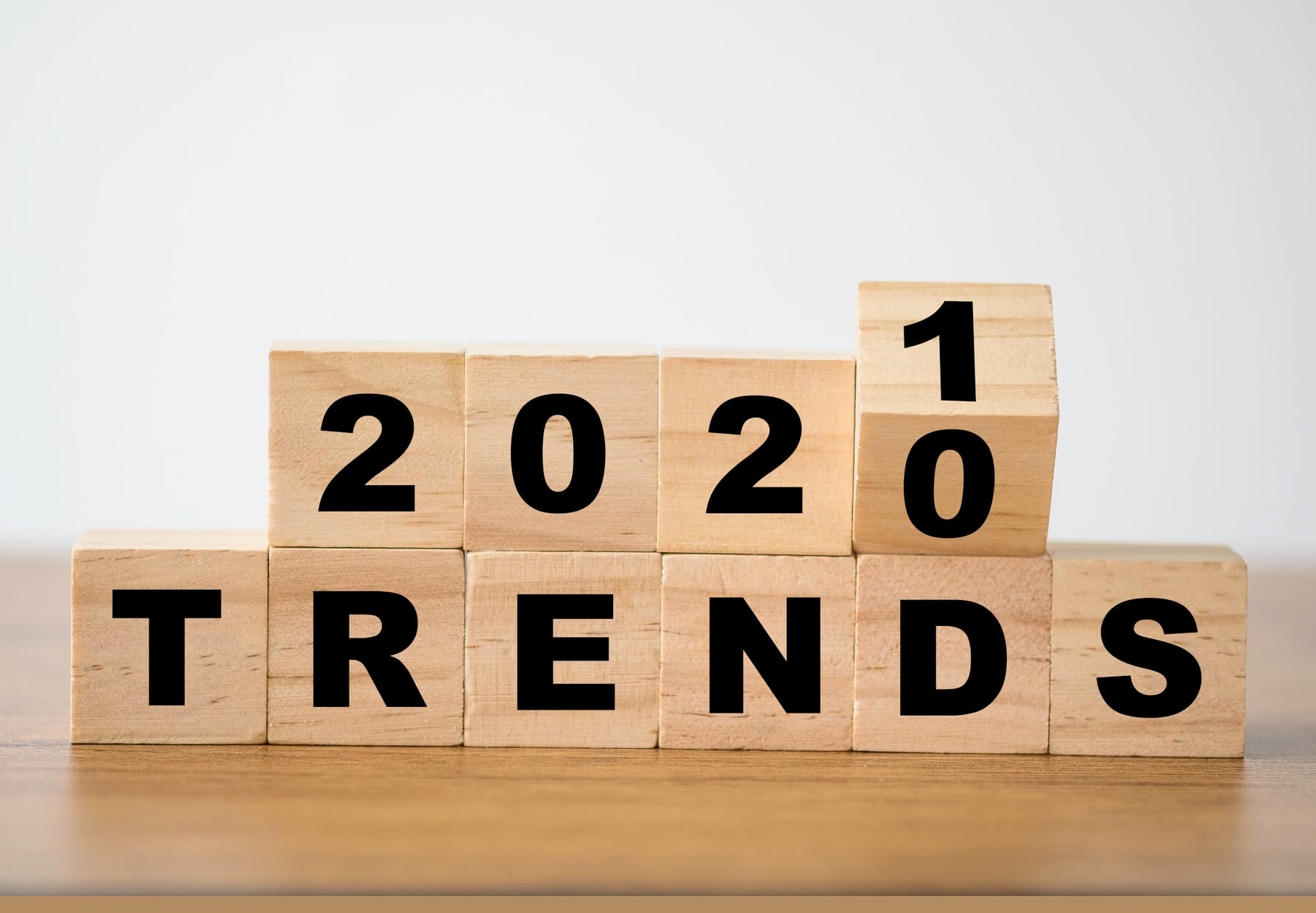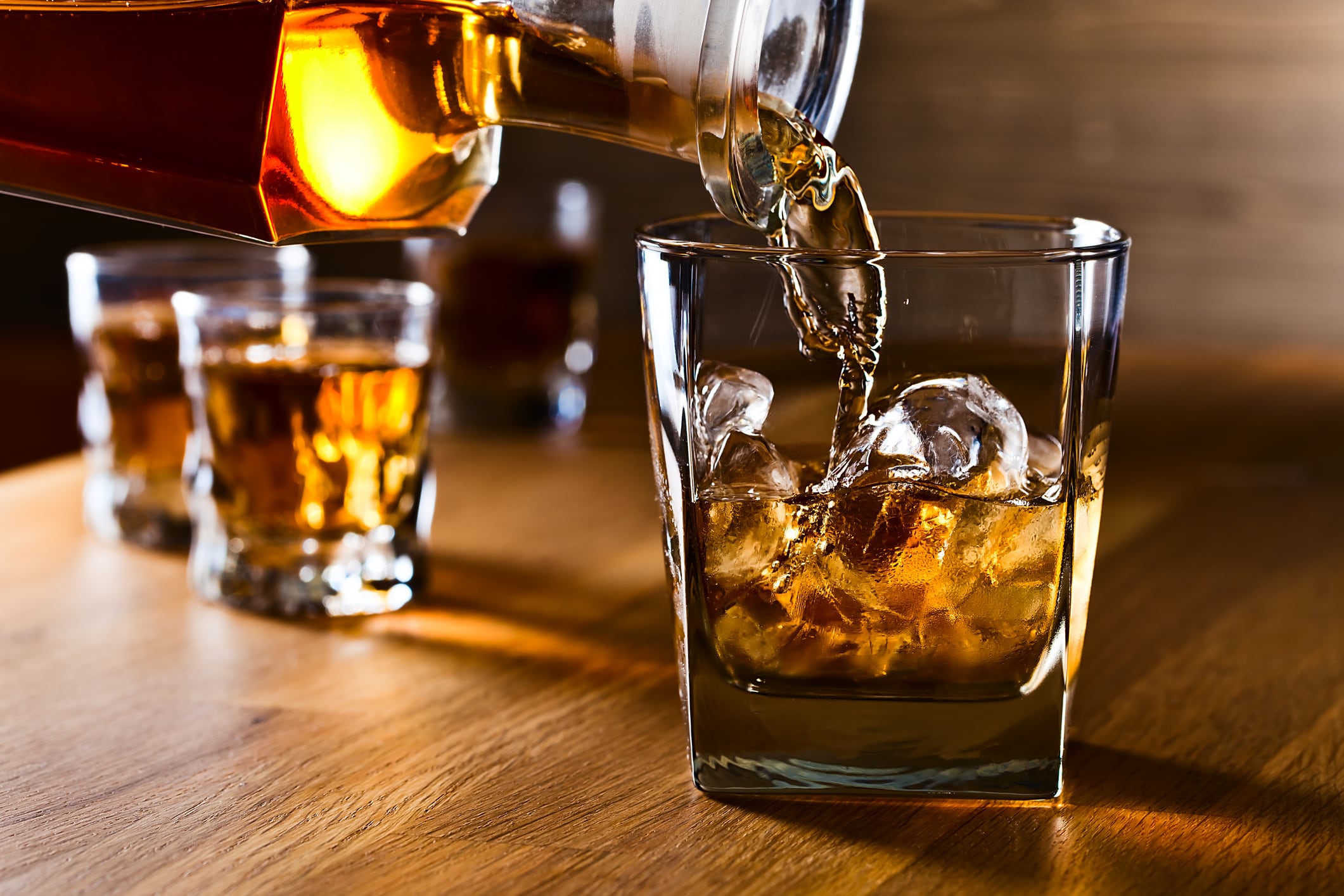Shuttered bars and restaurants, a boom in ecommerce, and tariffs with Europe defined the industry in 2020. So what about 2021? Expect to see the growth of ecommerce continue, watch out for the continued rise of Mexican spirits, and be aware that consumers will be increasingly conscious of what brands stand for.
1) Pandemic trends persist
Trends like at-home bartending are expected to continue in 2021. Consumers have become confident in their skills – and noted that at-home cocktails are a cheaper alternative to going out – and so will keep home cocktails in their regular routines.
Meanwhile, safety concerns will persist even as vaccinations help to lessen the threat of Covid-19. This will mean single-serve drinks like RTDs and hard seltzer will continue to be popular.
Retailers should expect the fastest-growing categories of 2020 — including RTD cocktails, triple sec and citrus liqueurs, bitters, and hard kombucha — to remain strong in 2021.
2) Technology transformation
Drizly more than doubled its number of online retailers in 2020, and with traditional shopping venues closed or limiting capacity, online sales are set to continue to be central.
“In 2020, ecommerce and general technology adoption went from a progressive strategy to a business necessity,” says Cory Rellas, the CEO of Drizly. “Now that consumers have been introduced to the accessibility and convenience of purchasing alcohol online, they are likely to continue turning to online retail partners as regular beverage sources.”
But technology won’t just be relevant in retail. Suppliers and distributors have begun to embrace online sales and Drizly anticipates that technology will play an even bigger role in connecting the industry’s three tiers this year.
Startup companies in the wholesale space like LibDib and SevenFifty, for example, are building technology to more closely connect suppliers with retailers, and many producers are investing heavily in technology to improve direct-to-consumer relationships and sales volumes.
3) Mexican spirits
Mexican spirits — particularly tequila and mezcal — have hit the mainstream and are expected to keep growing.
The onset of the at-home cocktail trend, combined with the widespread popularity of classic cocktails like margaritas, led tequila to skyrocket in 2020, with its share of liquor sales up 22% over 2019. Two tequila brands — Casamigos Blanco and Espolòn Blanco — made it into Drizly’s top 10 best-selling liquors in 2020.
Meanwhile, mezcal has experienced massive gains on Drizly, with share of liquor sales up 57% year-over-year in 2020.
Consumers are also expected to start trading up their tequila and mezcal choices, expanding the premium and ultra-premium subsectors. Consumers will also start exploring sub-categories of tequila, like añejo and reposado, and premium sipping tequilas will compete more closely with their whiskey counterparts.
4) Divergence in price points
2021 won’t be a straight return to normalcy. Pandemic aside, there’s the continuance of economic uncertainty and shifting political tides — all factors that will impact consumer spending on beverage alcohol.
On the one hand, economic uncertainties make consumers more conscious of their spending. On the other, consumers redirect the money they would have spent socializing out-of-home towards at-home indulgences. Drizly noted accelerated demand for premium products at the start of the pandemic: “With travel, on-premise dining, concerts, and other areas for consumption shut down, many customers realized they could purchase more premium products at cheaper prices relative to on-premise.”
However, as the economic difficulties persist into 2021, this trend is likely to diverge. Premium growth will still occur, but it may be accompanied by growth in high-value brands as many consumers limit spending and shift their buying habits to lower-priced, value-driven wine, beer, and spirits brands.
“In 2021, there is a question of whether the premiumization trend will persist, or consumers will shift towards a focus on value,” says Rellas. “The reality will likely be a combination of both. Depending on their target audience and customer base, retailers should be utilizing local data to understand consumer trends and what that means for ideal selection and pricing on their shelves.”
5) Brand values matter more to consumers
“Beyond the impact of Covid-19 on the world, 2020 was also a transformational year in terms of social justice and the fight for equality,” says Rellas. “From the Black Lives Matter movement to awareness about immigration and women’s rights, the year had many businesses and consumers increasing consciousness of the impact of their decisions on minority groups. Businesses must lead from the front.”
In the weeks after George Floyd’s death in May, consumers actively sought to purchase and support Black-owned drinks brands on Drizly. California wine brand McBride Sisters, for example, was the second-fastest growing wine brand on Drizly in 2020.
Consumer consciousness for the values of the brands and establishments they frequent will continue to be a focus in 2021, and Drizly expects that individual businesses will be increasingly transparent about their own values in response.




